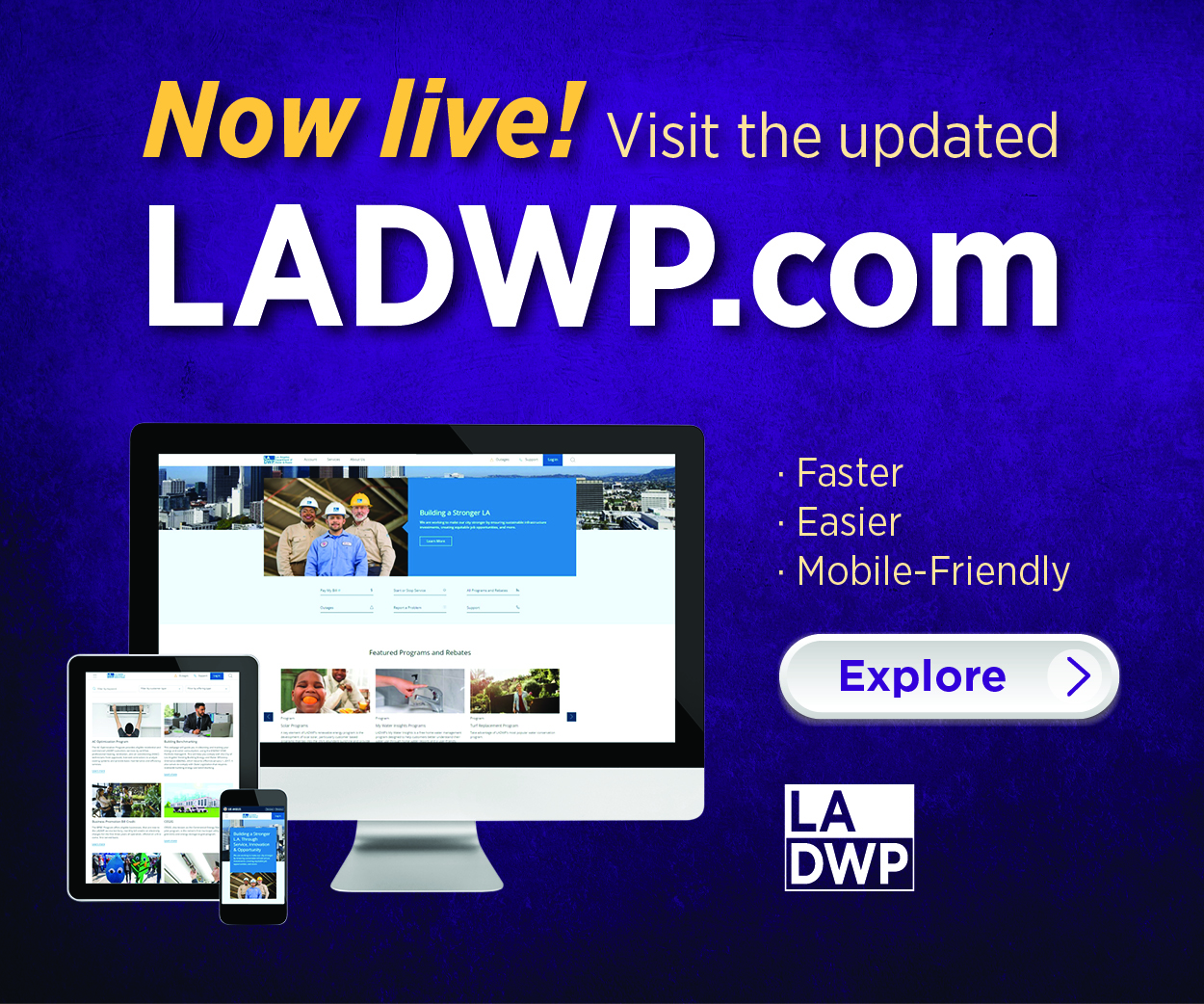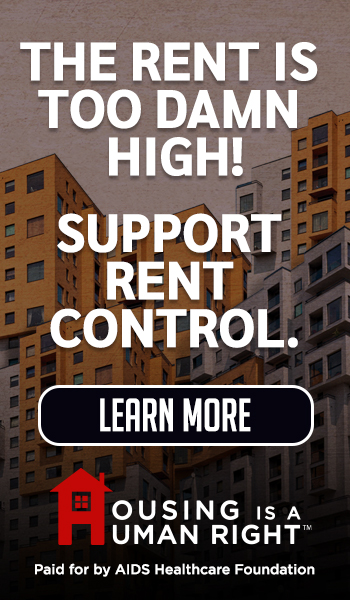Comments
WEBINAR - Residents of the LA communities ravaged by fire are still reeling from the trauma, and it’s understandable they want to rebuild their lives and return to some kind of normalcy as soon as possible. Government agencies are moving as fast as possible to set the stage for recovery. The US Environmental Protection Agency, for example, has been going through impacted areas in an effort to rid them of hazardous materials, including pesticides, asbestos, ammunition, and lithium-ion batteries. The California EPA says that ash from the fires can contain toxic substances like lead, cadmium, nickel, and arsenic.
The US Army Corps of Engineers has already begun debris removal, but this doesn’t mean these areas are free of hazardous materials. It’s likely that the soil in some communities still contains unhealthy concentrations of toxic substances. Local water agencies are still working to flush poisonous chemicals out of their systems. And as debris removal continues, contaminants could be released into the air. Residents of impacted communities should be aware of possible health risks.
United Neighborhoods for Los Angeles [www.un4la.com] is offering a free webinar on Wednesday, February 19, at 7 p.m. featuring Jane Williams, executive director of California Communities Against Toxics (CCAT). Williams will explain potential risks and offer practical information about how people can protect themselves. She will talk about public-health interventions that can be taken now to prevent further impacts to the people of LA, and also about how prior experiences with urban fires can teach us how to move forward. A Q&A will follow her presentation.
Through CCAT, Williams has been working to help communities better understand and protect themselves against environmental contamination since the 1990s. CCAT is a collective of more than 70 groups working to curb pollution in their regions, and Williams has worked to unite communities through a collaborative and cooperative social infrastructure. Members of CCAT have successfully stopped incinerators, landfills, industrial facilities, and nuclear waste dumps from being built in neighborhoods where the health of children and community members would have been compromised.
This free webinar will be held on Wednesday, February 19, at 7:00 pm. To register, send an e-mail with your name to: [email protected]
Recovery from LA’s fires will be a yearslong process. As impacted residents begin to rebuild their lives, it’s important to make sure they understand the possible health risks and know how to protect themselves.
Casey Maddren is President of United Neighborhoods for Los Angeles (UN4LA [www.un4la.com]), a community group advocating for better planning and better governance, and a CityWatch contributor.
















